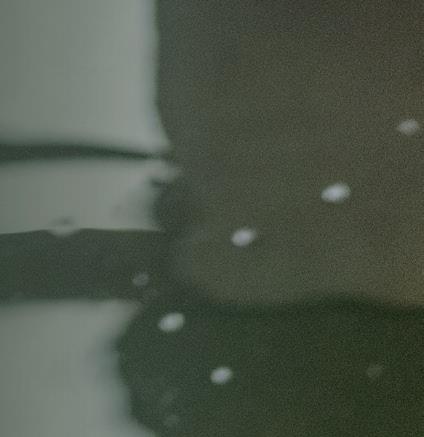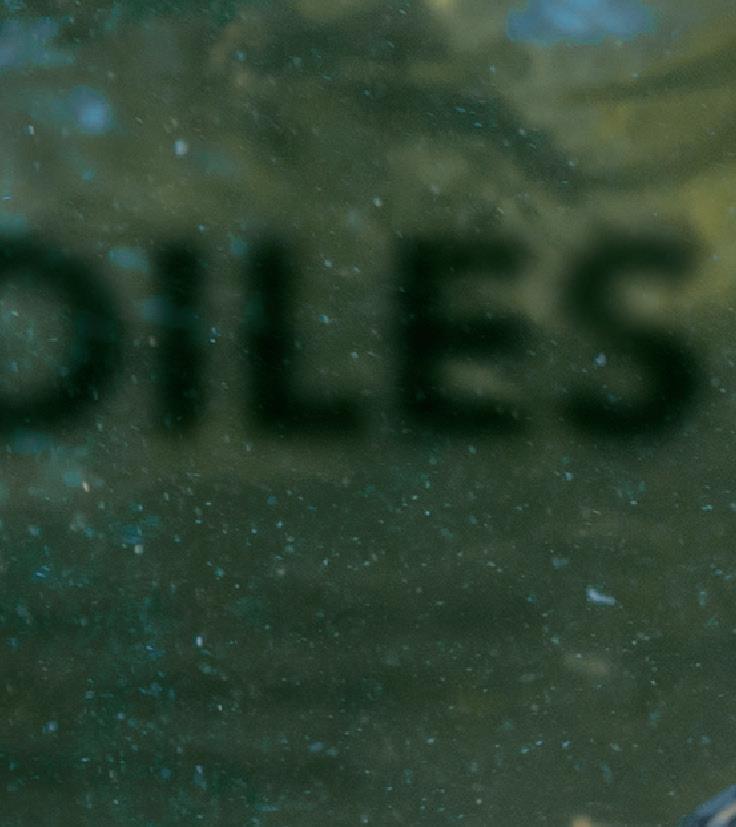
5 minute read
UP CLOSE WITH CROCODILES
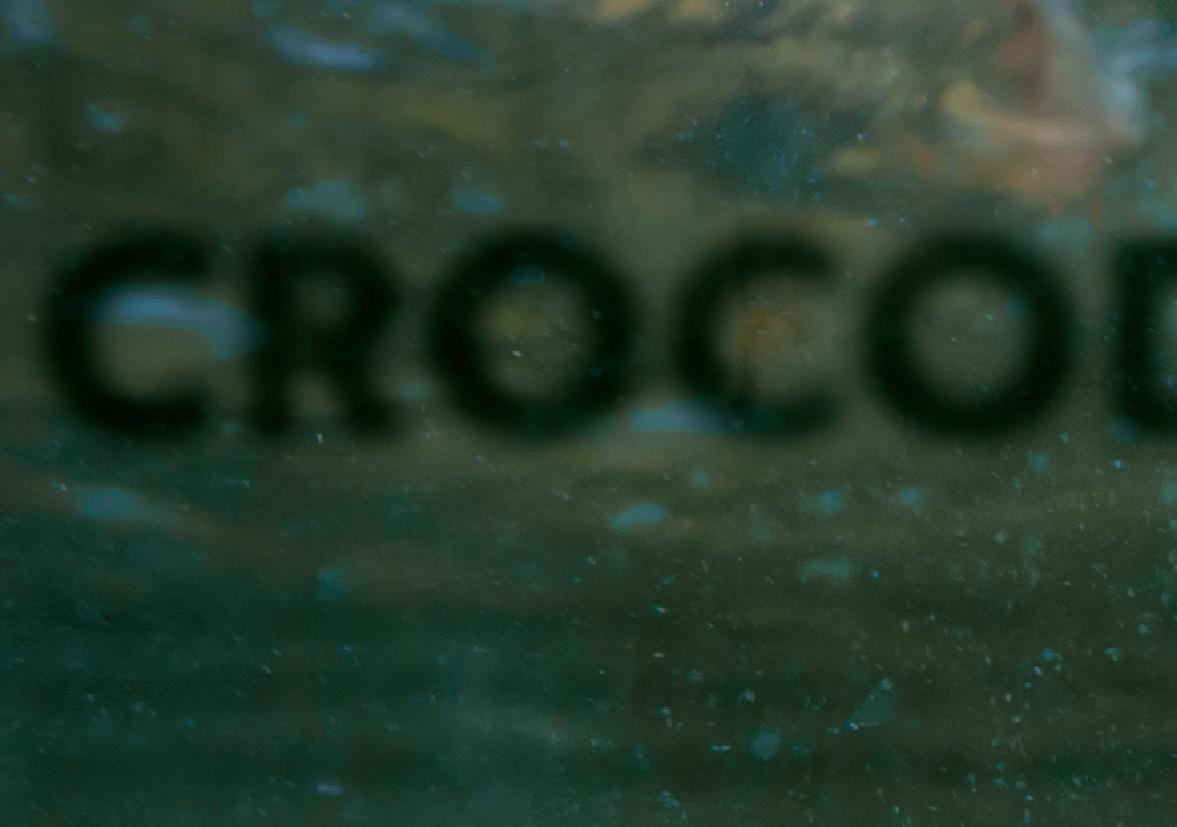
Despite being dangerous apex predators, many crocodiles exist perilously on the brink of extinction. Thankfully, a few dedicated zoos are working to safeguard these awesome creatures.
Advertisement
Carving a croc career
I grew up in Australia and have always had a fascination with crocs – I have no idea why. Really, I’d say my fascination was more of an obsession and, back then, it was considered a little odd. This was well before Steve Irwin, and even before there were any good TV shows about reptiles. Nowadays working with crocs is almost a mainstream career option, but back then, I was a bit unusual, to say the least.
Somehow I ended up working in IT until the late 1990s, but my fascination with crocs didn’t go away. I’d been involved with crocodile conservation and the IUCN/SSC Crocodile Specialist Group and I soon realised this was far more fulfilling than working with computers.
By the early 2000s I had quit the day job and started my own company called ‘Crocodile Encounters’. I’d go into schools, armed with a few freshwater crocodiles (Crocodylus johnsoni) and saltwater crocodiles (Crocodylus porosus), delivering educational encounters to raise awareness of these animals. I also did a couple of zoo qualifications and set up a website dedicated to the dwarf caiman which, despite not being updated for almost 20 years, is still quite popular and relevant.
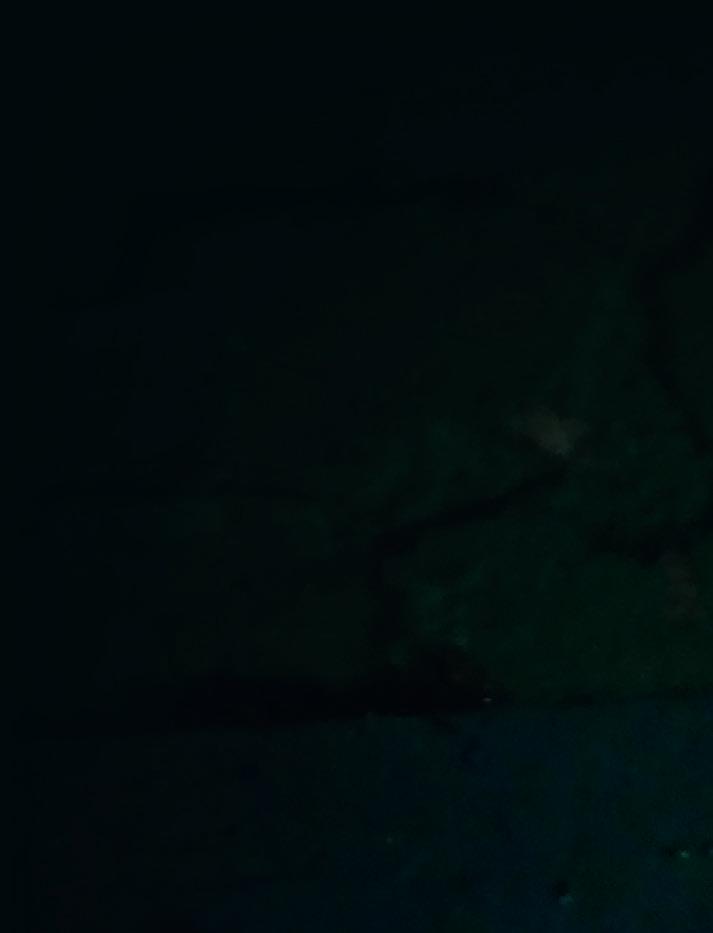
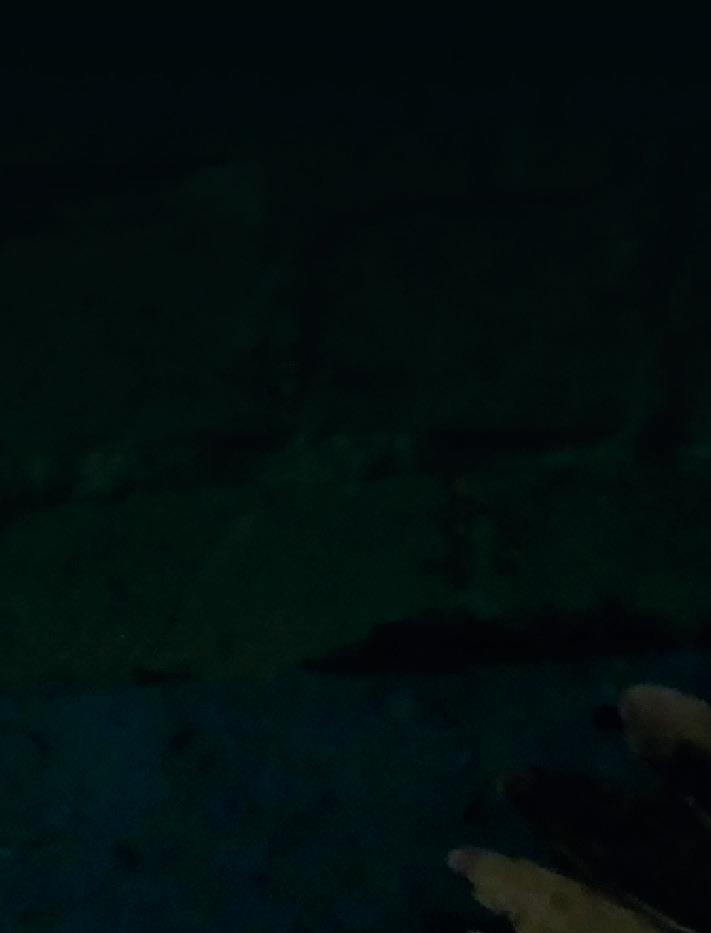
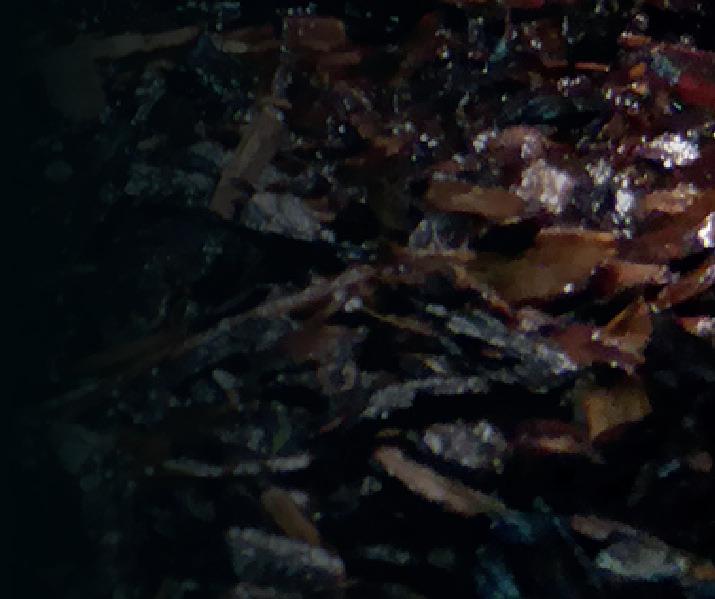
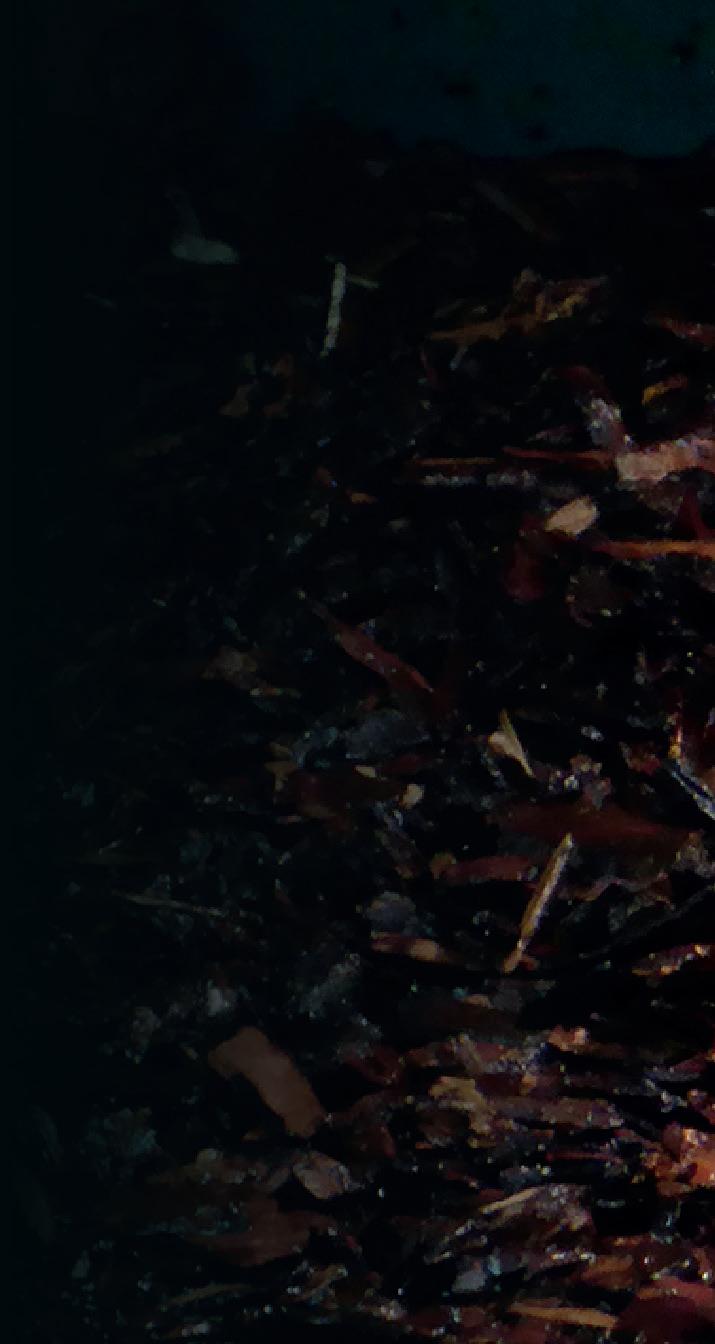
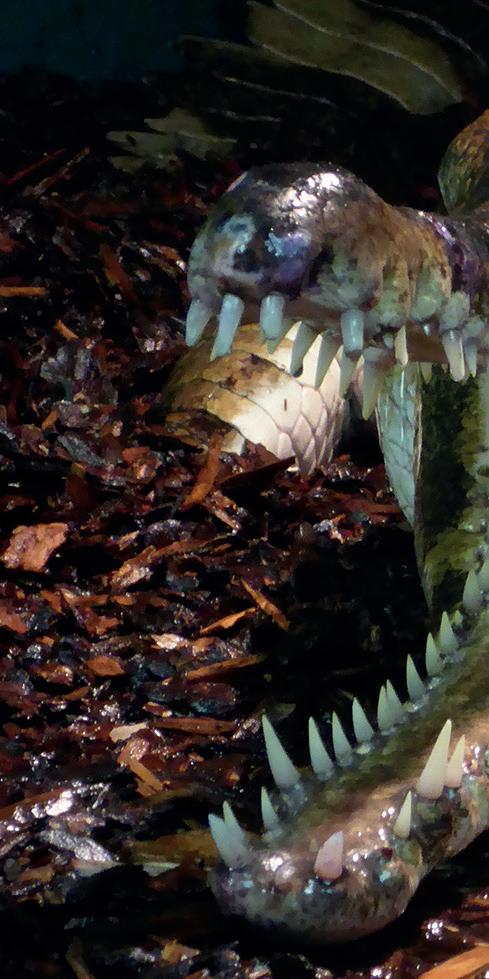
By this time I was building a reputation and becoming known in the zoo world. I did some consultation and advisory work with the Danish Krokodille Zoo and eventually opened my own zoo – the Hunter Valley Zoo in New South Wales. I had the Zoo for around three years and it was just about gaining enough traction to be successful before family commitments brought a move to Britain with my British wife. The zoo is still open and doing well today.
Once in Britain I soon accumulated a decent collection of crocs – nine species to be precise. I started ‘Crocodile Encounters UK’ doing similar work as I had been doing in Oz. It was an interesting enterprise, because the British Dangerous Wild Animals licence does not cater for the routine transportation of crocodilians, so I had to have a bespoke licence created specifically for my needs.
Around this time I was involved in the croc specialist group where I met Crocs of the World’s founder, Shaun Foggett. He was in the process of setting up his own croc zoo and I got involved to help out.
But, in 2011, I got the opportunity to work in my dream job as the Director of Madras Crocodile Bank with renowned reptile expert Romulus Whitaker. I was at Croc Bank for three years before coming back to the UK and picking up where I left off with Shaun at Crocs of the World. Since 2015 I have been Head of Education here at the zoo.
Drama and danger
People think working with crocs is going to be exciting and dangerous. I have a great job and it’s lots of fun but, to be honest, I try to stay away from the drama and the hype. While it can sometimes be exciting, it’s not usually too dramatic, thankfully. A typical day in my job is fun because I get to do something I enjoy, not because it is full of dangerous adventures. Every day is pretty interesting and fulfilling, on the whole. Working with the public is a pleasure. People are really fascinated in crocs and it’s great to know that you’ve changed how they think about these animals.
There are a handful of interesting stories though. One of my most memorable experiences was during a visit to the St Augustine Alligator Farm in Florida. It’s essentially a zoo these days, rather than a farm, and I was there with several other croc specialists from different zoos, watching the keepers feed a tomistoma (Tomistoma schlegelii).
The keeper threw in a pig’s head, which was caught by a huge tomistoma who held onto it with its jaws for a few seconds. Then, it quickly closed its mouth and burst the pig’s head like a watermelon. It was an awesome sight, and all of the folk in the room went “OOOOOOOOHHHHH!”
That’s quite something, considering everyone in the room worked with crocs. Despite our extensive experience we were still very impressed.
Another time I was stopped by customs officers in France as I was about to board the ferry. They wanted to know what was in the boxes I had in the back of my van. I told them I was transporting 26 crocodiles of different species and sizes and asked them if they wanted to take a look. One replied “Nah, we’ll leave that for the English to do at their end. Off you go.”
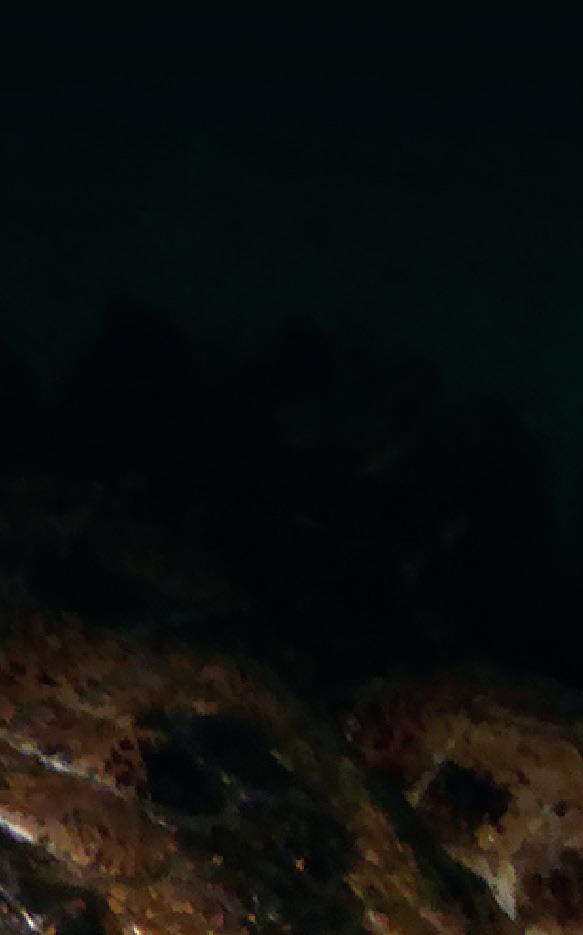
WHAT IS A ‘TOMISTOMA’?
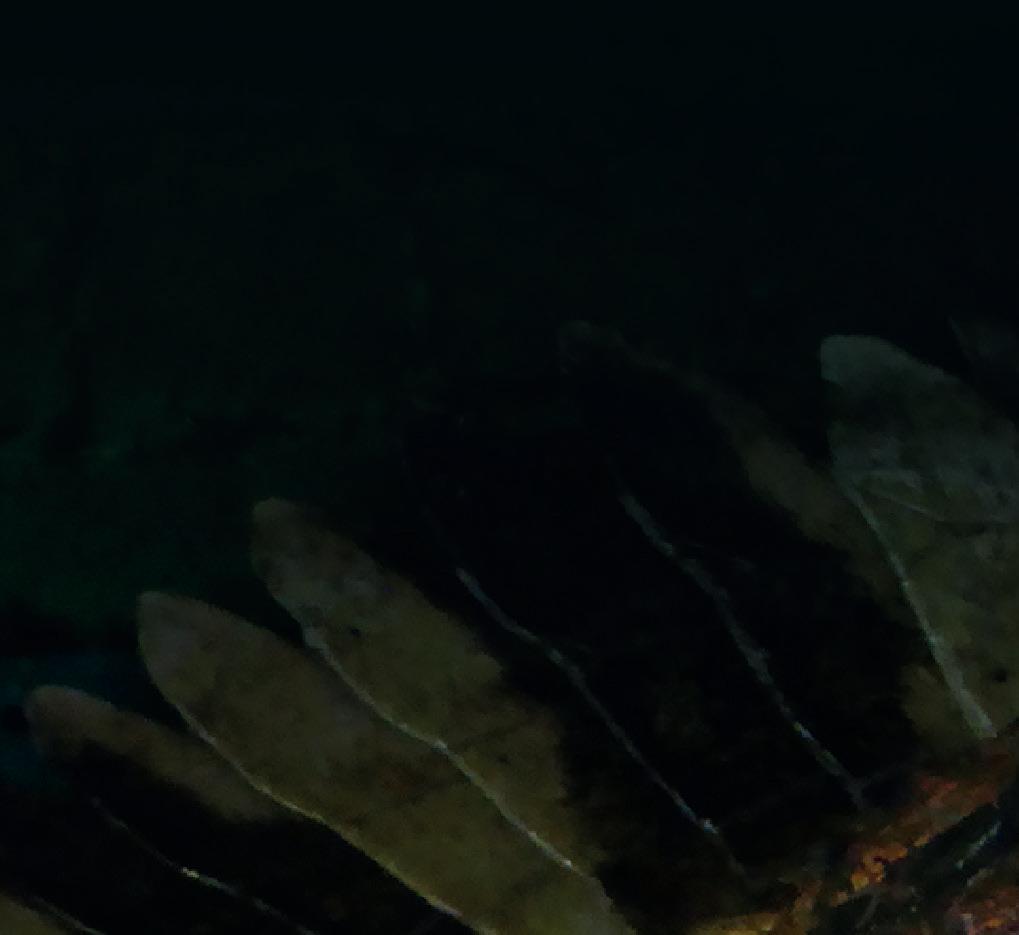
The tomistoma used to be known as a false gharial, but this is something of a misnomer. Anyone who works with live tomistomas knows that it behaves more like a crocodile. The molecular DNA indicates that the tomistoma is related to the gharial and, if you squint, the narrow jaw is reminiscent of a gharial. But that’s where the similarities end. These animals behave like a crocodile, and if you treat them like a gharial, you’ll soon be dead.
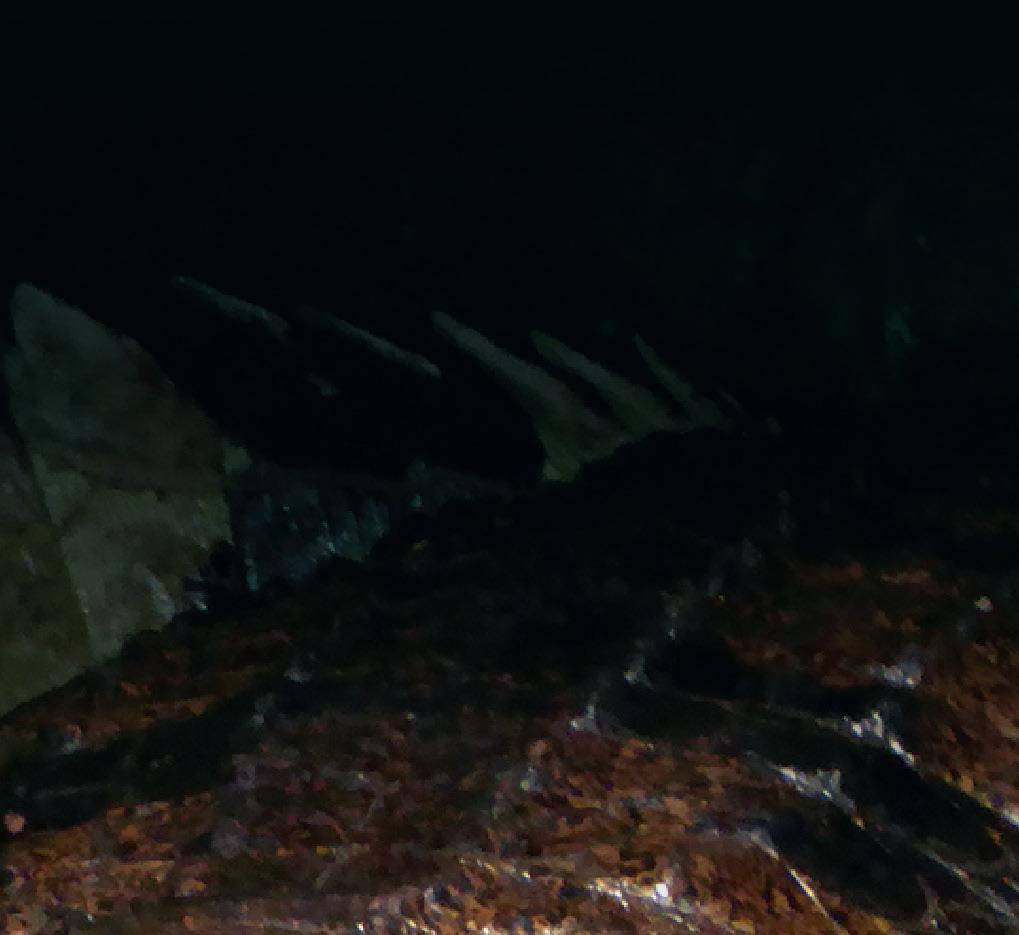
They don’t just eat fish, which is what a lot of people expect from those jaws. In the wild they eat a whole range of things, including macaque monkeys. They’re an awesome creature.
The Natural History Museum in London has a tomistoma skull which is the largest crocodilian skull on record. It’s about 84cm from base to nose tip – that’s almost three feet long. Unfortunately you can only see it if you have contacts there as it’s not kept on display.
Up close with crocodiles
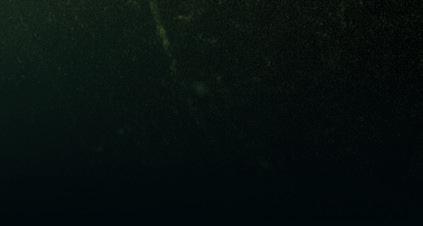

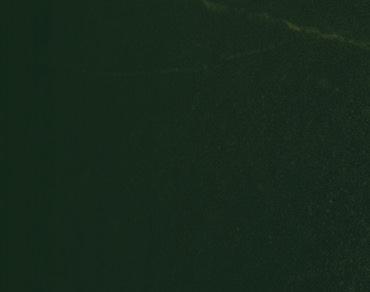
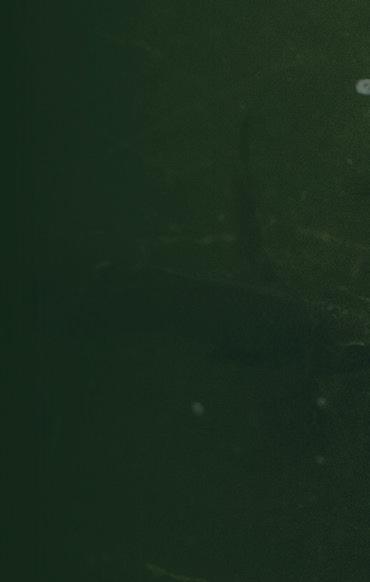
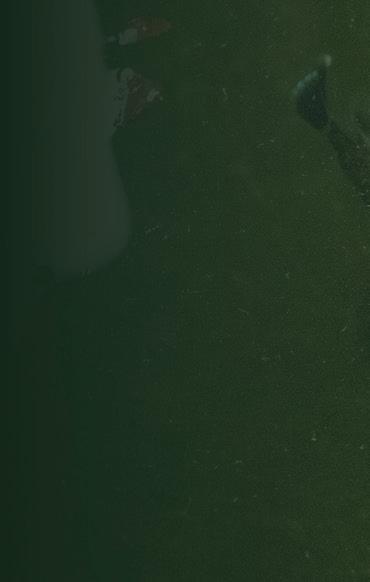
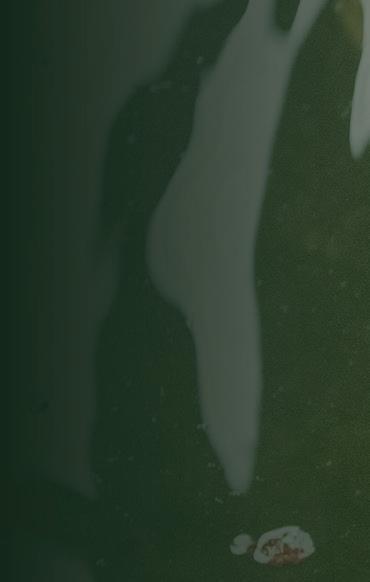
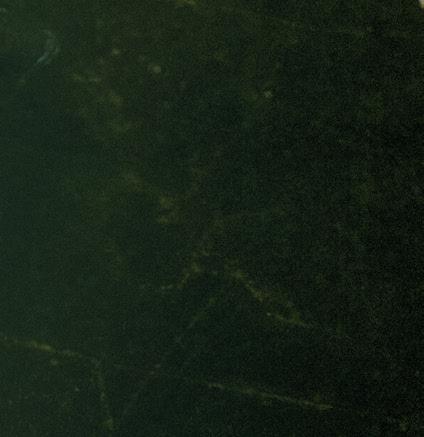
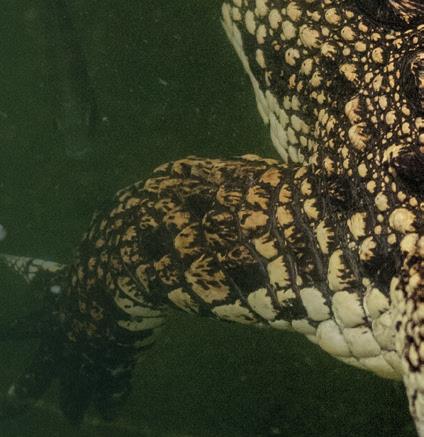
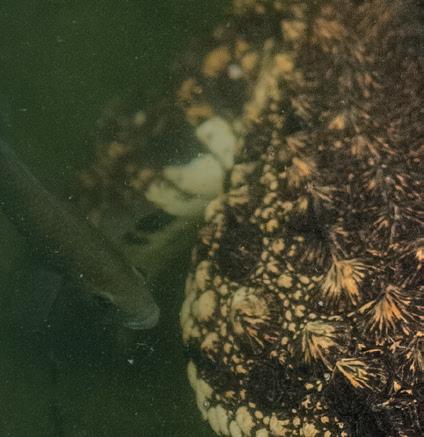
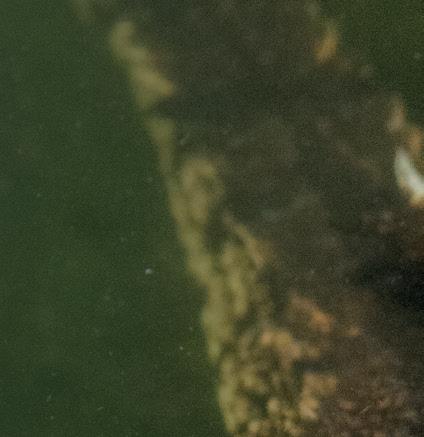
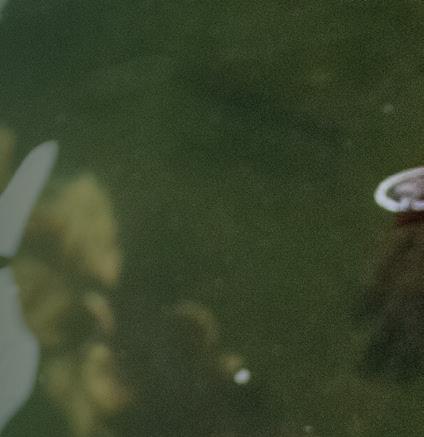
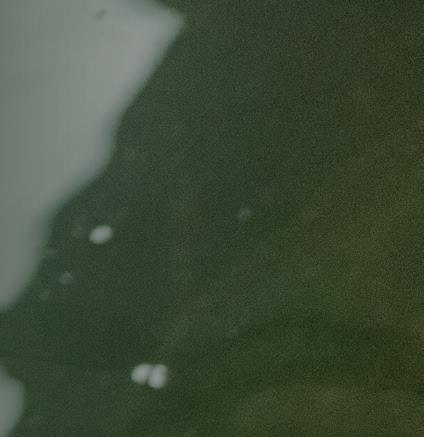
A zoo full of crocs
To be honest, croc-only zoos are not a new concept. There are crocspecific zoos all over the world, particularly in Australia, the USA and Africa, but there are several in Europe too. France has four croc zoos, there’s a good one in the Czech Republic and there’s also a great one in Denmark that is quite renowned. It’s a mystery why there wasn’t one in Britain sooner.
Shaun Foggett is the founder of Crocs of the World. The idea came about after Shaun was featured in a series of documentary films about him and the crocs he kept at home, by which point Shaun was becoming inclined to move his croc habit up to the next level.
The first Crocs of the World zoo opened in 2011. It was a small facility based in an industrial unit. But, by 2014, we’d moved to our current, bigger site which is far more suitable for a visitor attraction. We’re now a fully accredited BIAZA zoo and we’re growing and developing all the time.
When you boil it all down, the reason Crocs of the World exists is that everyone involved here loves crocs. But if you ask me for a more sophisticated reason I’ll say that specialist zoos like ours have an important role to play, because that’s where particular expertise can be found and developed. We can be very focussed, diving deep into the husbandry and conservation challenges of the specific taxa.
Our staff are a special breed of people! We don’t expect to recruit staff who already have croc-specialist experience. We tend to hire good, zoo-qualified people who have the right attitude and a particular interest in crocs, and then we train them to have the right skills.
You’ll not be surprised that we get a lot of Steve Irwin wannabes apply and we have to filter these applicants out. The work we do is nothing like what these people expect it will be, so it’s not worth hiring them. Most of the staff who work with our crocs have been with us for years as volunteers and trainees, and they’re a fantastic asset for a specialist zoo such as ours.
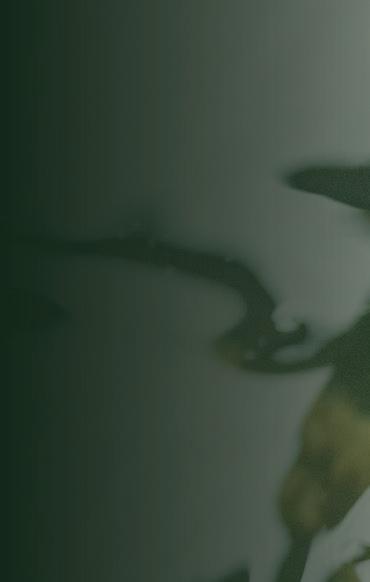
Big generic zoos are important too, of course, but if there’s something croc-specific happening it will usually end up at our door. There are seven critically endangered croc species in the world and we aim to be the go-to source for anything to do with these animals. It’s small baby steps at the moment, mainly due to resources, but that’s where we’re heading and we are making good progress.
